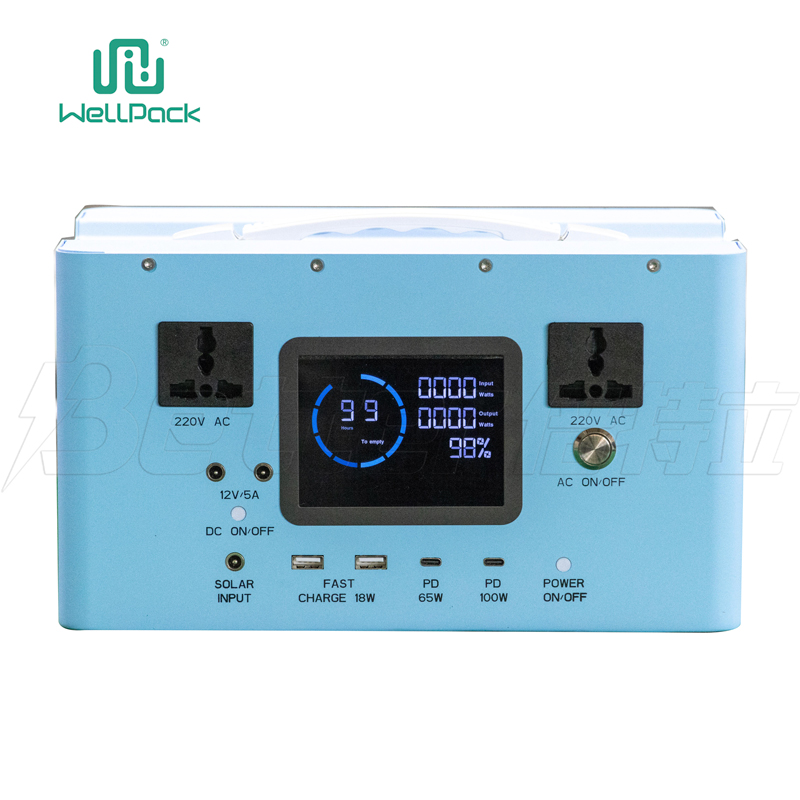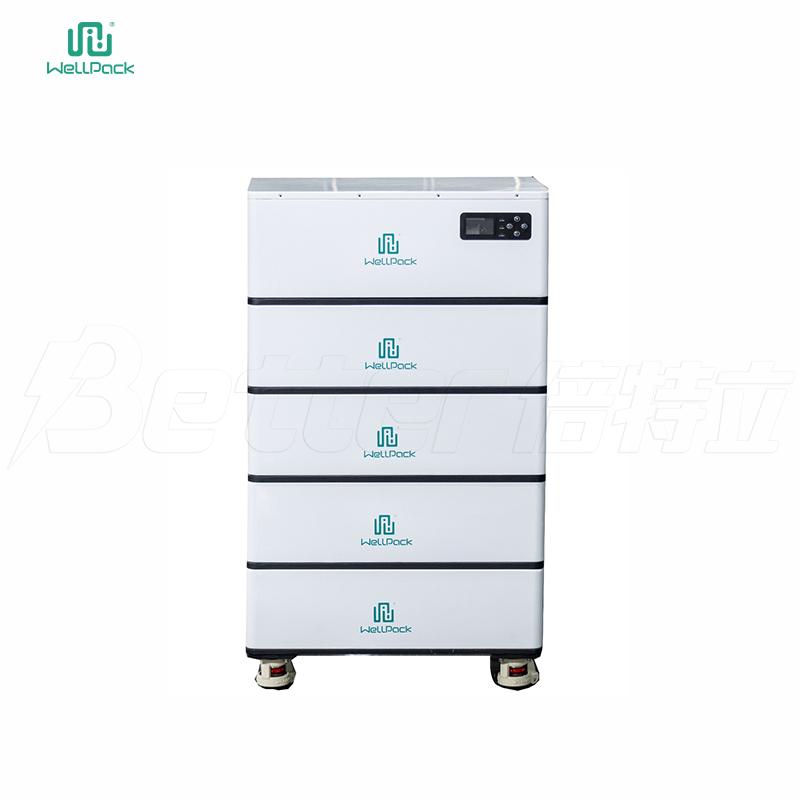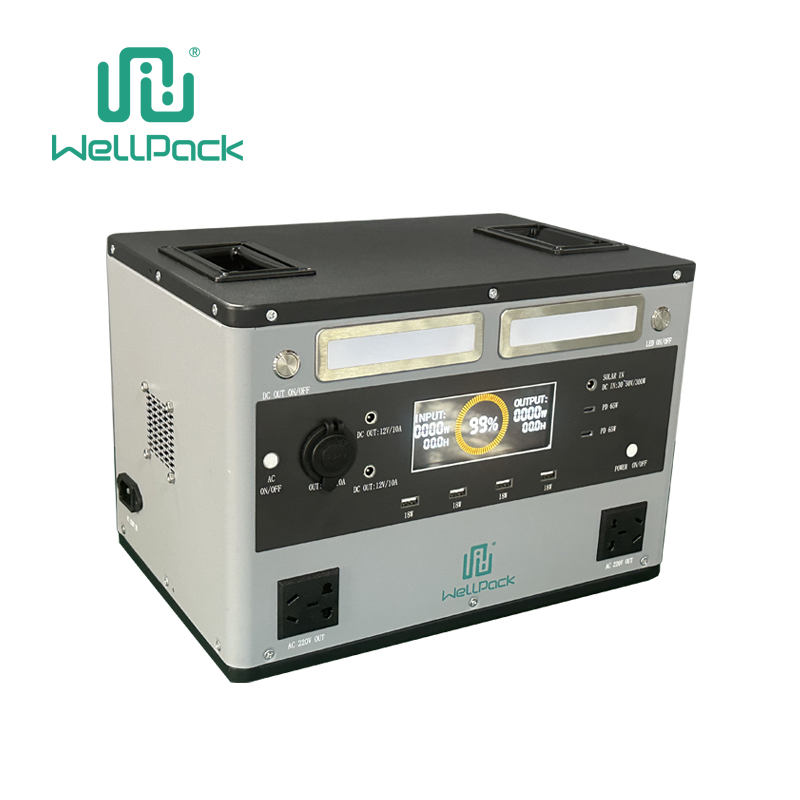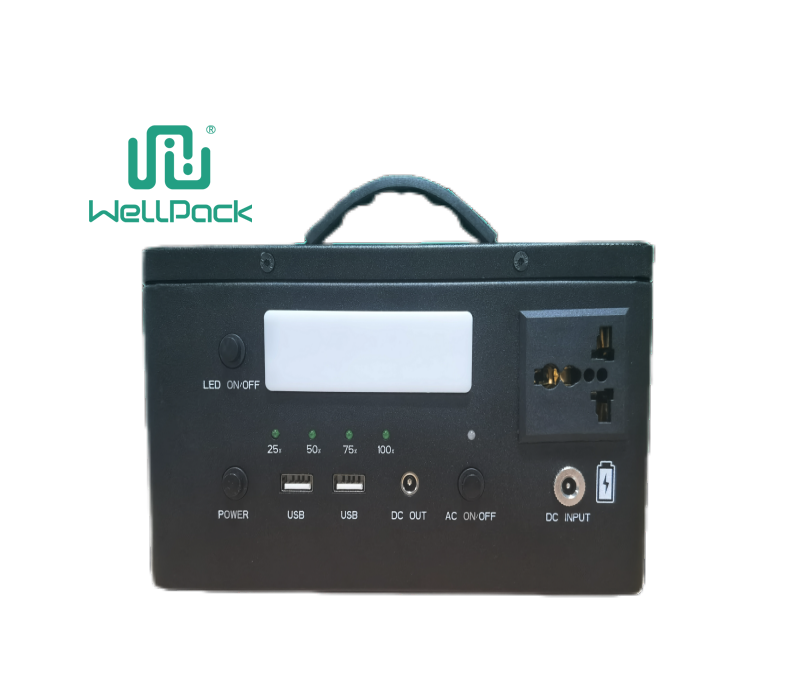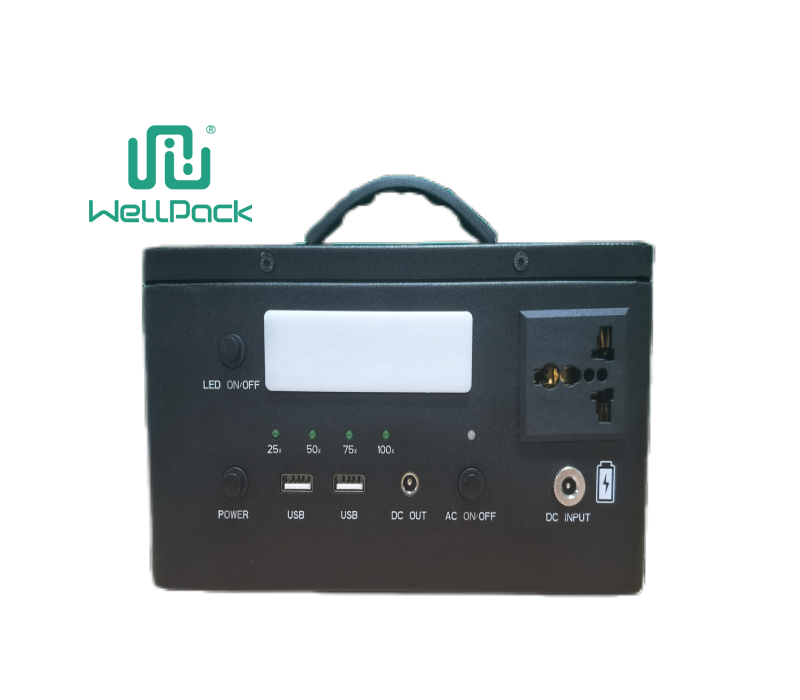1. Basic Concepts:
Battery Voltage:
Open Circuit Voltage: The terminal voltage of the battery when it is in an open circuit state.
Operating Voltage: The voltage displayed by the battery when it is connected to a load during the discharge process. Operating voltage depends on discharge conditions. The higher the discharge current, the lower the operating voltage; the lower the temperature, the lower the operating voltage.
Battery Capacity:
Theoretical Capacity: The maximum theoretical value obtained by calculating the active material according to Faraday's law.
Actual Capacity: The amount of electricity that the battery can deliver under specific conditions. It is the product of discharge current and discharge time. The unit is AH.
Rated Capacity: The minimum capacity the battery should guarantee under certain conditions, according to national or relevant standards. In normal cases, the relationship among the three is: Theoretical Capacity > Actual Capacity > Rated Capacity.
Battery Internal Resistance: When current flows through the battery, resistance is encountered internally, causing the battery's voltage to drop. The resistance is not a constant, as the composition of active materials, electrolyte temperature, and concentration are constantly changing. Internal resistance can be divided into ohmic resistance and polarization resistance. Ohmic resistance follows Ohm's law, while polarization resistance increases with discharge current but follows a logarithmic relationship rather than a linear one.
Positive Electrode Active Material: The two types of crystal forms of the positive electrode active material are α-PbO2 and β-PbO2. β-PbO2 has higher activity and utilization. α-PbO2 has better mechanical strength and larger dimensions. When the ratio of α-PbO2/β-PbO2 is 0.8, the battery exhibits the best deep discharge ability.
2. Factors Related to Storage Batteries:
Battery Capacity: The amount of electricity a storage battery can deliver under certain discharge conditions is referred to as its capacity, commonly represented by C. However, since the battery's terminal voltage is variable, using AH to represent the battery’s power characteristics is more accurate.
Theoretically, capacity can approach infinity, but practically, if the battery's discharge voltage falls below the cutoff voltage, continuing to discharge could damage the battery, so limits are placed on the discharge time.
The battery industry commonly uses hours or minutes to indicate how long a battery can sustain discharge, with common nominal capacity values being C24, C20, C10, C8, C3, C1, etc.
Battery capacity can be divided into theoretical capacity, rated capacity, and actual capacity. The theoretical capacity is the highest theoretical value calculated using Faraday’s law for the active material. The actual capacity is the amount of electricity the battery can output under certain conditions, equal to the product of discharge current and discharge time, which is always less than the theoretical capacity. Rated capacity, also known as nominal capacity or guaranteed capacity, is the minimum capacity the battery must provide under certain discharge conditions, as defined by national or relevant standards.
For fixed valve-regulated lead-acid batteries, the rated capacity is often based on the 10-hour rate discharge capacity. For example, the rated capacity of a 10-hour rate battery is the discharge capacity when the battery is discharged at a 0.1C current for 10 hours, and the corresponding 20-hour rate battery has a rated capacity for a 0.05C current discharge over 20 hours.
Battery Voltage:
The nominal voltages for Sunshine batteries are 2V and 12V, with 2V being the basic unit.
Open Circuit Voltage: The terminal voltage of the battery when it is in an open circuit state. It is the difference between the positive and negative electrode potentials when no current flows through the battery.
Charging Voltage: The voltage applied by an external power source across the battery terminals during charging. For example, Sunshine A400 series charging voltage is 2.27V.
Discharge Voltage: The battery's terminal voltage during discharge, also called working voltage or load voltage. The discharge termination voltage is the minimum voltage below which the battery cannot continue discharging, commonly set to 1.8V per cell for 10-hour rate discharge.
Charging Methods: Storage batteries can be charged using three methods: floating charge, equalizing charge, and constant current charge. Charging parameters are usually defined within a temperature range of 5℃ to 35℃. If the temperature falls outside this range, temperature compensation is required.
Floating Charge: Constant voltage (e.g., 2.23V), limited current (typically 0.1CA or <0.25CA), no time limit. The battery is fully charged after 24 hours or when the charging current drops below 100mA.
Equalizing Charge: Constant voltage (typically set to 2.35V or <2.4V), limited current (typically 0.1CA or <0.25CA), and limited time (set for 10H or 8H, or according to actual battery conditions).
Constant Current Charge: Constant current (<0.25CA), no voltage limit, limited time. This method is most commonly used in experimental settings and requires supervision to prevent overheating.
Discharge:
Nominal Discharge Capacity: The discharge capacity for a 10-hour rate battery, for instance, is the amount of electricity the battery can discharge over 10 hours at a specified voltage. For a 20-hour rate battery, the nominal discharge capacity is measured for 20 hours under similar conditions.
Activation and Testing: Discharge is often used to test the battery’s capacity or activate the battery. If the battery's capacity is found to be insufficient, or it fails to charge, the plates may have become sulfated, requiring activation to restore capacity. Activation can be done using a deep discharge method with higher current to break up the sulfation.
Internal Resistance and Self-Discharge: Every battery has internal resistance, which consists of ohmic and polarization resistance. The internal resistance increases with the battery’s charge state and temperature. A lower internal resistance results in less self-discharge and higher capacity, while higher internal resistance leads to increased self-discharge and reduced battery performance.
Self-discharge occurs when the impurities in the battery plates and electrolyte form a circuit, which leads to a loss of charge. This is influenced by factors such as electrode material, surface state, electrolyte composition, concentration, and environmental conditions.
Battery Uniformity: Battery uniformity refers to the voltage range within a set of batteries. Over time, the uniformity may degrade due to differences in internal resistance and self-discharge rates, requiring activation to restore uniformity.
Temperature: Temperature significantly affects battery performance, including capacity, charging, discharging, storage life, and overall lifespan. The recommended temperature range for storage and operation is between 5℃ and 35℃. Extreme temperatures can accelerate aging, reduce capacity, and decrease battery life.
Battery Life: Battery life can be classified into design life and cycle life. Design life refers to the time from manufacturing to disposal, typically 5, 10, or 15 years. Cycle life refers to the number of charge-discharge cycles a battery can undergo before its capacity drops to a specified level.
3. Daily Maintenance and Operation:
Discharge:
Avoid discharging below the specified terminal voltage to prevent over-discharge, which could damage the battery.
Discharge in environments between -15℃ to 45℃.
The maximum allowable discharge current is 6CA, with discharges lasting less than 5 seconds.
Keep track of the relationship between discharge current and termination voltage.
Charging:
Ensure proper charging voltage settings to prevent overcharging or undercharging.
If charging voltage exceeds 2.23V per cell, or if charging current exceeds 0.05C during the final stages, it can permanently degrade the battery’s appearance, performance, and lifespan.
Perform temperature compensation if the temperature is outside the 5℃ to 35℃ range.
Maintain proper environmental conditions for charging, between -15℃ to 45℃.


